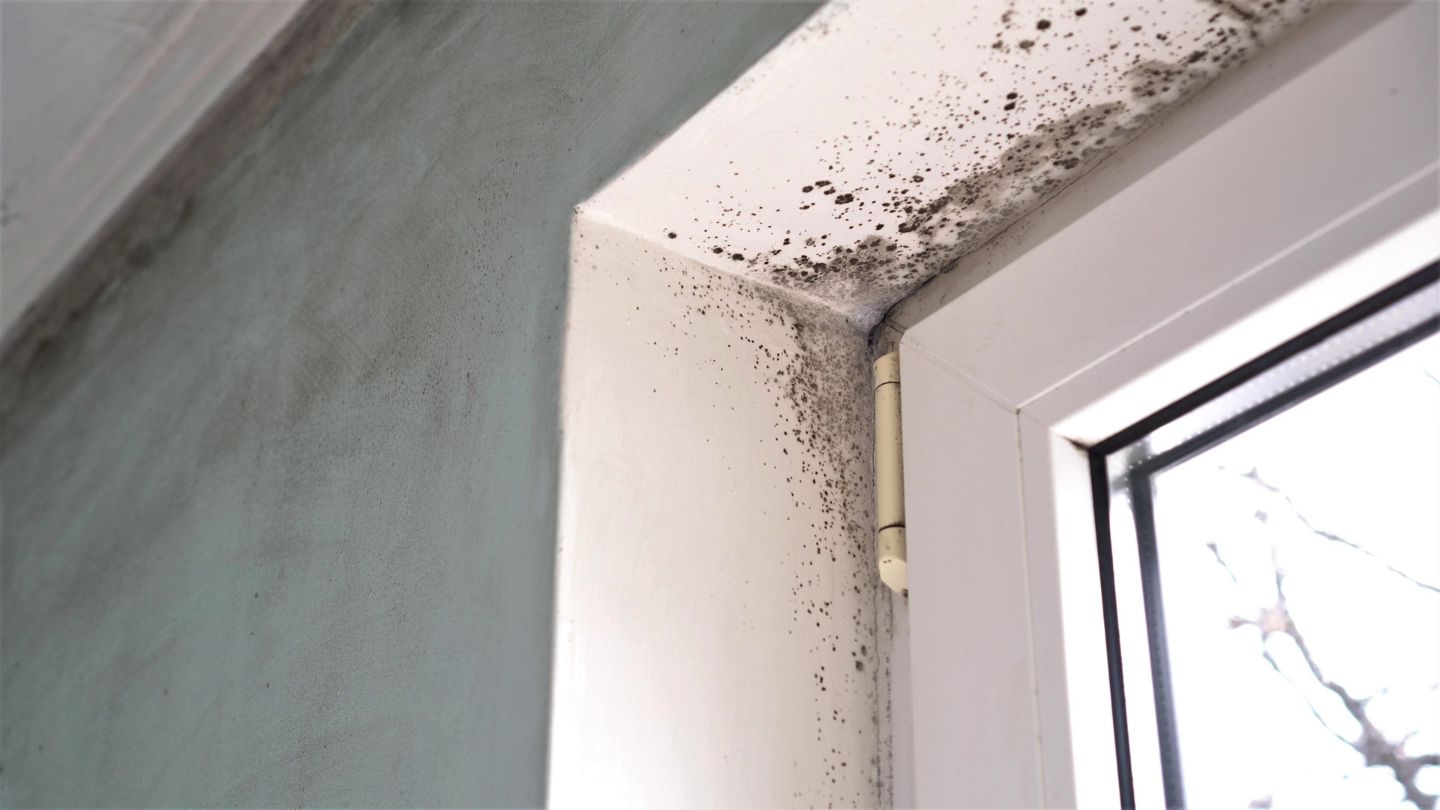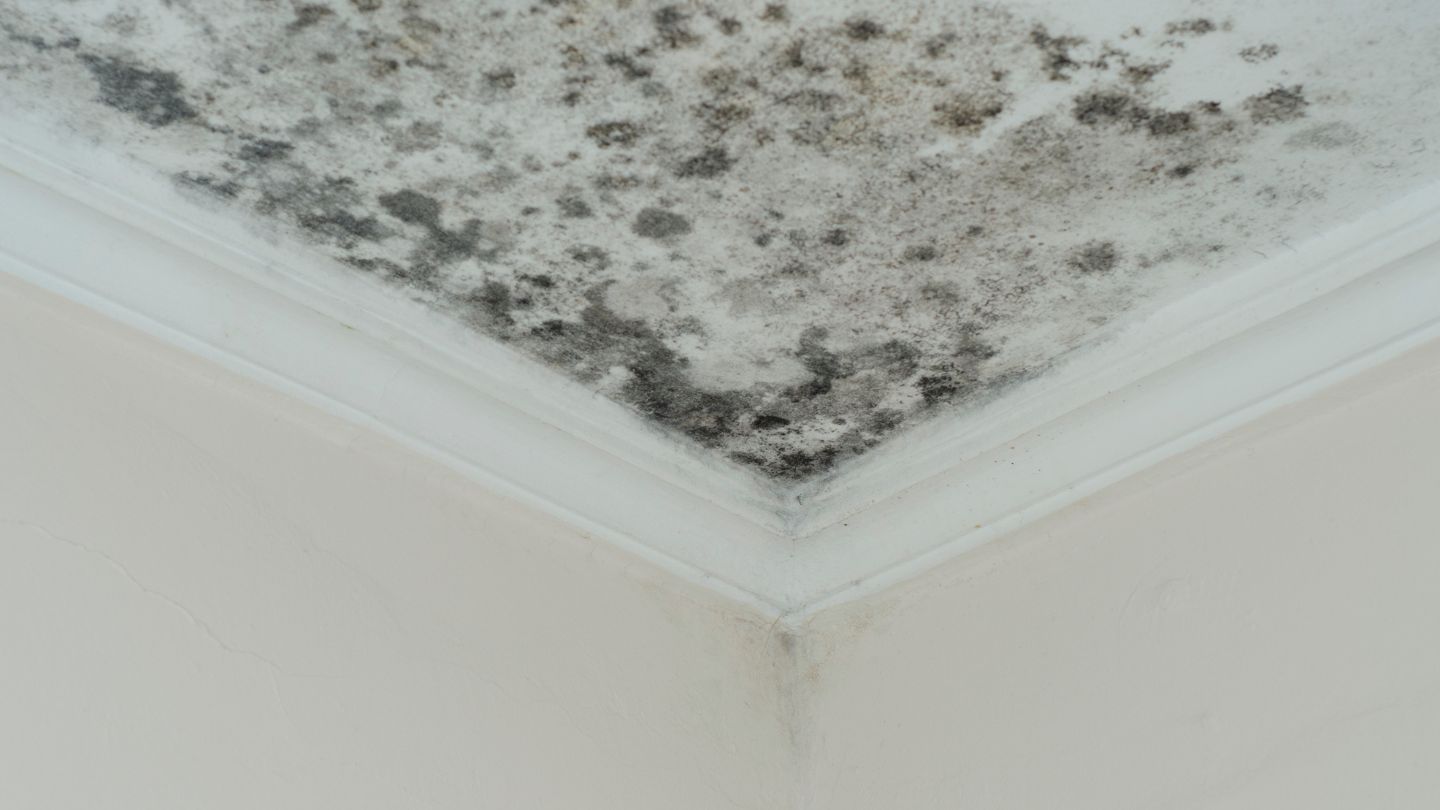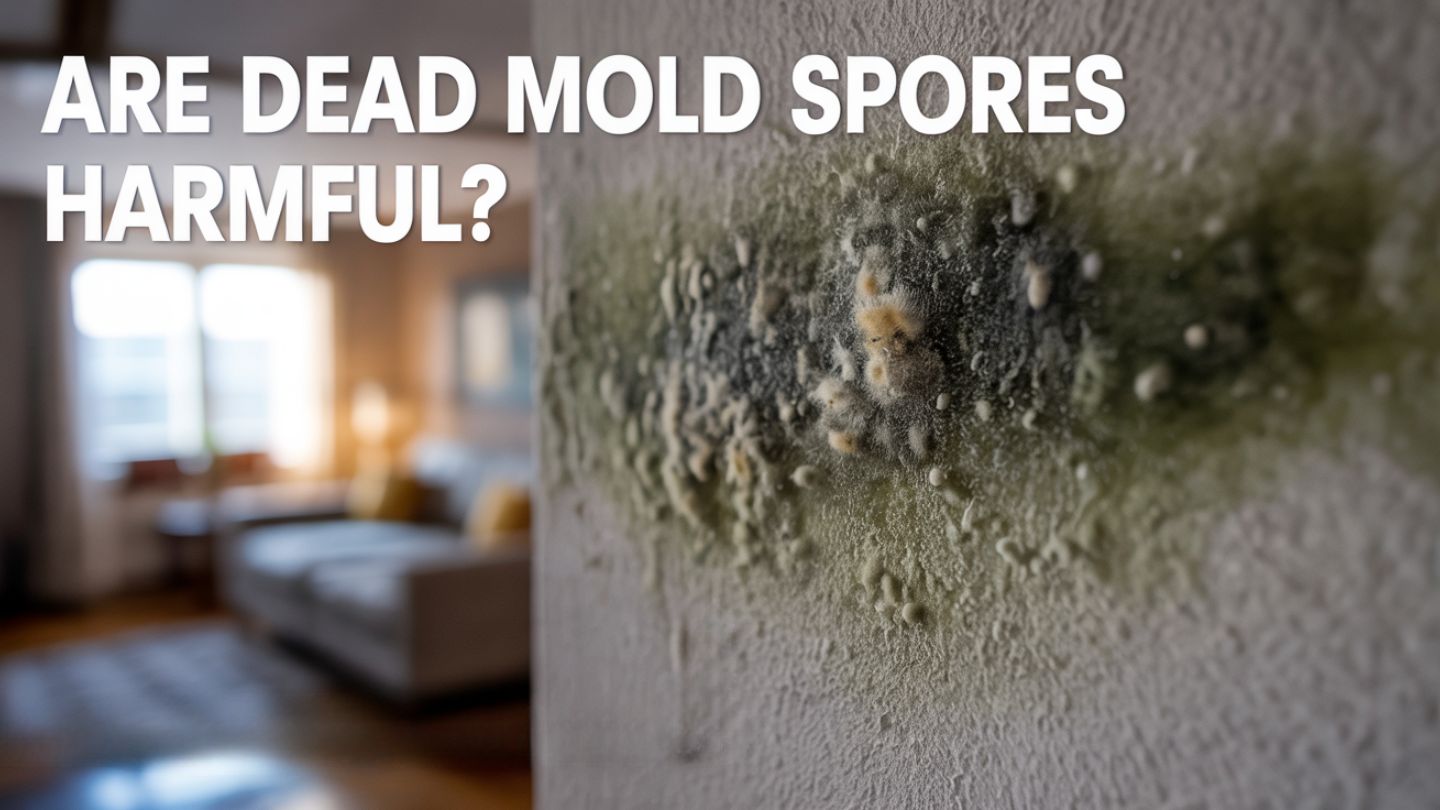Many homeowners believe that once mold is killed, the problem is solved. Unfortunately, that’s far from the truth. Even when mold appears “dead,” the spores it leaves behind can still pose health risks and spread through the air. Understanding is dead mold dangerous and how it can affect your home and health is critical to ensuring complete remediation and a safe living environment.
Understanding Mold and Its Life Cycle
To understand is dead mold harmful, you first need to know how mold behaves. Mold is a living organism that reproduces through microscopic spores. These spores spread through the air, settling on moist surfaces where they grow into colonies. When mold is treated, whether through cleaning agents or environmental changes, it may stop growing, but the spores often remain intact.
Even after death, mold fragments can still release allergens and toxins into the air. These particles are invisible to the naked eye and easily inhaled, leading to irritation, allergic reactions, or respiratory issues.
Why Dead Mold Can Still Be Harmful
Many people assume that killing mold ends the danger, but can dead mold be harmful? The short answer is yes. Dead mold retains its allergenic proteins and mycotoxins, both of which can trigger immune responses in sensitive individuals. Exposure may cause symptoms such as:
- Sneezing, coughing, or wheezing
- Eye and throat irritation
- Headaches or fatigue
- Asthma flare-ups in those with respiratory conditions
Even without active growth, these particles can still travel through air ducts or HVAC systems, contaminating new areas of the home. To better understand why even inactive spores pose a risk, it’s important to know that dead mold spores can still be dangerous because their microscopic fragments continue to trigger allergic reactions and spread easily through indoor air. This is why professional cleanup, not just surface treatment, is essential.
The Problem With DIY Mold “Killing” Methods
A common misconception is that bleach or household cleaners eliminate mold completely. In reality, bleach can only lighten visible stains on porous materials like drywall or wood; it doesn’t penetrate deep enough to destroy the root structure. Once the surface dries, mold spores often remain and re-colonize when moisture returns.
Another issue is that bleach evaporates quickly, leaving moisture behind. This creates the ideal environment for regrowth. So, while the surface may appear clean, the contamination persists below. In short, simply “killing” mold doesn’t solve the issue, is dead mold dangerous even after cleaning? Absolutely, if not properly removed.
Are Dead Mold Spores Dangerous to Breathe?

Even after remediation, are dead mold spores dangerous if left behind? Yes. When mold dries out, spores become airborne and can easily enter your respiratory system. Once inhaled, they may irritate the nasal passages and lungs, especially in children, elderly individuals, or those with allergies.
Unlike living mold, dead spores don’t need moisture to move or spread. They act as fine dust particles, lingering in the air and settling on surfaces. This is why professional air filtration and HEPA vacuuming are recommended to ensure complete removal of both live and dead spores.
Is Dead Black Mold Dangerous?
Black mold, also known as Stachybotrys chartarum, is infamous for producing toxic compounds called mycotoxins. Even after treatment, is dead black mold dangerous to your health? The answer is yes, residual toxins can remain on walls, furniture, or HVAC systems long after the colony is no longer active. Some species, like toxic black mold, can release harmful mycotoxins capable of affecting the nervous system. Prolonged exposure raises concerns about whether toxic black mold can poison you, making professional testing and removal vital for safety.
Touching or disturbing these surfaces can release dried fragments and dust containing harmful toxins, triggering respiratory distress and skin irritation. Because of these risks, professional containment and cleaning are critical when dealing with black mold infestations. Many homeowners underestimate how toxic black mold can be. Learning the truth about black mold provides essential insight into how exposure occurs and what steps to take to prevent long-term health effects.
Preventing Future Mold Contamination

Once mold, alive or dead, has been removed, prevention is key to keeping it from coming back. Consider these strategies:
- Keep humidity below 50% with a dehumidifier.
- Fix plumbing leaks immediately.
- Use exhaust fans in bathrooms and kitchens.
- Inspect attics, basements, and crawl spaces for hidden moisture.
- Schedule annual inspections to catch early signs of mold growth.
Unaddressed attic moisture is a major contributor to recurring infestations. Understanding the top causes of mold growth in the attic helps homeowners identify hidden leaks, insulation problems, and ventilation issues before they escalate. By controlling moisture and improving airflow, you reduce the chance of regrowth and airborne spores.
In addition, homeowners can follow simple daily habits outlined in the top mold prevention tips to maintain a cleaner, healthier indoor environment all year round.
Professional Remediation vs. Surface Cleaning
Addressing is dead mold harmful means understanding that cleaning alone isn’t enough. Professional remediation involves physical removal of contaminated materials, air filtration, and post-remediation testing. Experts use HEPA vacuums and antimicrobial solutions to eliminate spores, ensuring the problem doesn’t reappear.
Surface cleaning might make an area look better temporarily, but without proper containment and air treatment, the contamination can quickly resurface. A certified mold remediation company can determine the full extent of contamination and ensure complete restoration.
Final Thoughts: Dead Mold Is Not Harmless
So, can dead mold be harmful? Absolutely. Even when inactive, mold spores and fragments can cause allergic reactions, respiratory discomfort, and environmental contamination. The key to long-term protection is full removal, not just killing visible growth. Homeowners should treat both live and dead mold with equal caution to maintain a healthy indoor environment.
When mold, alive or dead, threatens your home, professional intervention is the safest option. Mold B Gone provides expert mold inspection, testing, and remediation services across Georgia. Our certified specialists use advanced containment methods, air purification systems, and safe removal processes to ensure your home is completely mold-free. Visit our website to learn more about their services and protect your family’s health with proven remediation solutions.
Frequently Asked Questions
Is dead mold dangerous to your health?
Yes. Even when mold is no longer growing, it can still release allergens and toxins that cause coughing, headaches, and respiratory irritation, especially in people with asthma or allergies.
Can dead mold still spread?
While dead mold cannot reproduce, its spores can still move through the air and settle in new areas. Without proper cleanup, these spores can reignite growth once moisture returns.
Is dead black mold dangerous after removal?
Yes, is dead black mold dangerous because it retains mycotoxins that can cause severe health effects. Only certified professionals can ensure the complete and safe removal of black mold.
How can I remove dead mold safely?
Use HEPA vacuums, protective equipment, and professional-grade cleaning agents. Avoid using bleach, as it only treats the surface and may worsen contamination.
How do professionals handle dead mold remediation?
Experts use containment barriers, HEPA filtration, and detailed surface cleaning to remove spores completely. They also perform post-remediation air testing to ensure your home is safe.

